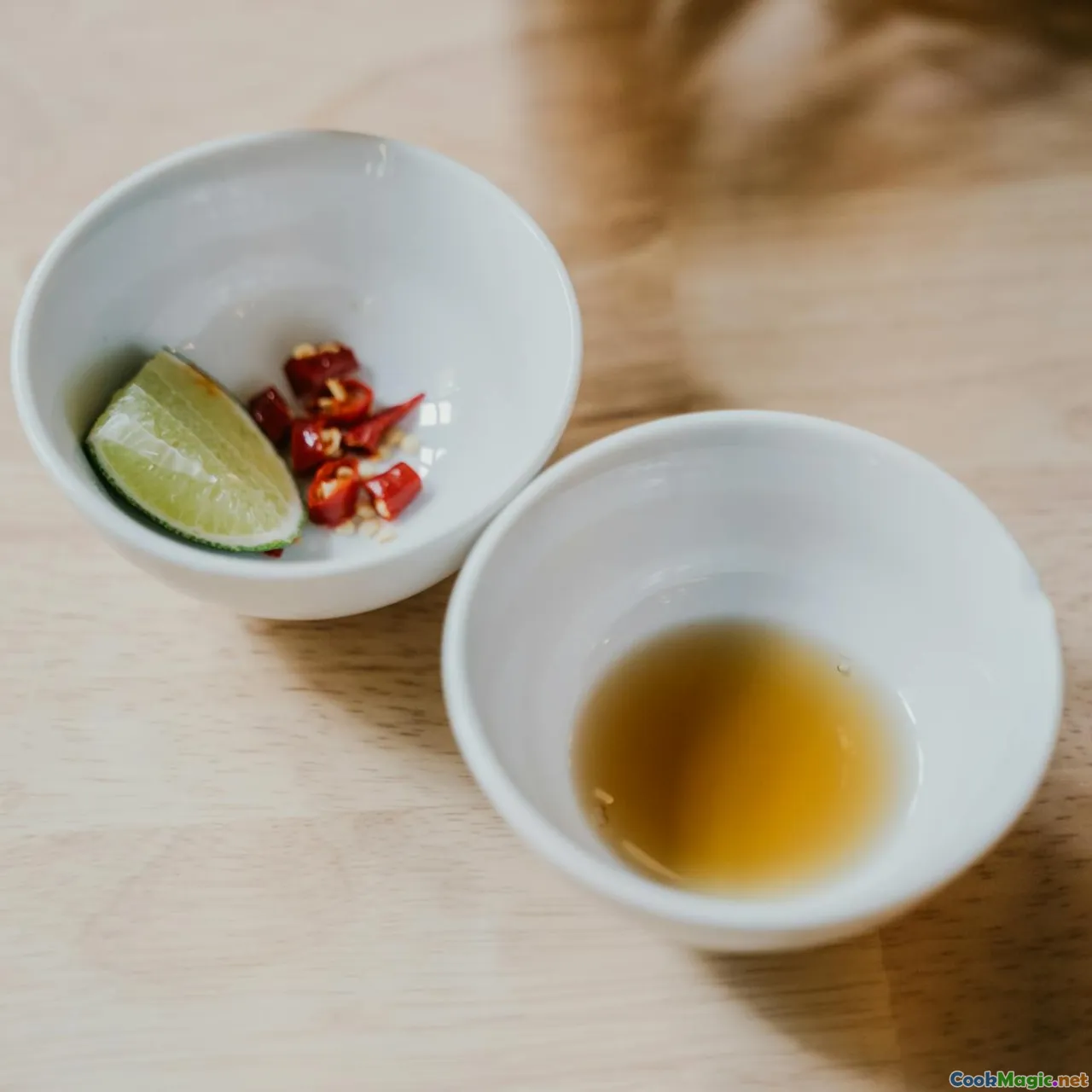Understanding the Role of Fresh Herbs in Uzbek Dishes
7 min read Explore how fresh herbs elevate Uzbek dishes, blending history, culture, and vibrant flavors in a culinary journey through Central Asia. April 19, 2025 10:55
Understanding the Role of Fresh Herbs in Uzbek Dishes
Imagine walking through the bustling markets of Tashkent or Samarkand at dawn, where the air is thick with the aroma of freshly cut herbs—dill, cilantro, mint, and parsley. These vibrant green leaves are more than just garnishes; they are the soul of Uzbek cuisine. Their fragrant, pungent notes awaken the senses and weave a tapestry of flavor that defines the very essence of Central Asian culinary traditions.
The Cultural Significance of Herbs in Uzbekistan
Uzbekistan's history is deeply intertwined with the Silk Road, a route that not only facilitated trade but also cultural exchange. Herbs, brought along by traders and travelers, became integral to local cooking. They are cherished not just for their taste but also for their symbolic significance—representing hospitality, purity, and vitality.
In Uzbek households, herbs are often considered sacred, believed to bring health and good fortune. The act of harvesting herbs is sometimes accompanied by traditional rituals, emphasizing respect for nature and the land.
A Historical Perspective on Herbs in Uzbek Cuisine
Historically, herbs were scarce in the arid climate of Central Asia. Yet, the ingenuity of Uzbek cooks turned this challenge into an art form. They cultivated herbs in home gardens and used them generously in stews, soups, and bread.
During the Soviet era, access to fresh herbs became more widespread, yet their role remained rooted in tradition. Today, markets brim with freshly picked herbs, echoing centuries of culinary legacy.
Sensory Experience: The Aromas, Flavors, and Textures
Herbs are the aromatic backbone of Uzbek dishes. Dill, with its slightly bitter, grassy aroma, cuts through the richness of mutton and rice, adding a fresh brightness. Cilantro introduces a citrusy, slightly peppery note that elevates salads and soups.
Mint leaves, cool and invigorating, are often added to cold beverages or yogurt-based dishes, providing a refreshing contrast. Parsley adds a mild earthiness and vibrant green color, making dishes visually appealing.
The textures of these herbs also matter—crisp, tender, and bursting with moisture, they provide a satisfying contrast to the hearty staples like plov (pilaf) and shurpa (soup).
Iconic Uzbek Dishes and the Use of Herbs
Plov (Pilaf)
A national treasure, plov is a fragrant rice dish cooked with tender chunks of meat, carrots, and onions. Fresh herbs like dill and parsley are sprinkled generously at the end, infusing the dish with a delicate aroma and enhancing the dish's layered flavors.
Shurpa (Soup)
This hearty soup combines mutton, potatoes, and vegetables, seasoned with herbs. Fresh dill and cilantro are added just before serving, imparting a fresh, slightly tangy flavor.
Manti (Steamed Dumplings)
Though primarily savory, the accompanying sauces often include chopped herbs, which add a burst of freshness that balances the richness of the meat filling.
Achichuk Salad
A simple, rustic salad made with sliced tomatoes, onions, and fresh herbs—dill, cilantro, and parsley—dressed with vinegar. It epitomizes the Uzbek appreciation for fresh, straightforward flavors.
Personal Reflections and Culinary Tips
Having traveled through Uzbekistan and immersed myself in its culinary traditions, I’ve come to appreciate the subtle yet profound role herbs play. The first time I tasted a bowl of shurpa, the aroma of dill immediately transported me to a lush garden amid the desert landscape.
In my own kitchen, I’ve learned to harvest herbs early in the morning when their oils are most potent. Chopping herbs finely releases their essential oils, spreading their flavor evenly. Adding herbs at the right moment—just before serving—ensures their vibrant aroma and flavor are preserved.
The Modern Uzbek Kitchen: Preserving and Innovating
Today, chefs and home cooks alike are honoring tradition while experimenting with new flavors. Urban gardens and organic markets make fresh herbs accessible, inspiring innovative dishes that retain their cultural roots.
From herb-infused yogurts to contemporary takes on plov with basil and oregano, the possibilities are endless. Yet, the heart of Uzbek cuisine remains rooted in its humble, fragrant herbs—testaments to a land where flavor is a language of love and history.
Final Thoughts
Understanding the role of fresh herbs in Uzbek dishes is to appreciate a culinary philosophy that values balance, freshness, and respect for tradition. These herbs are more than ingredients; they are storytellers, carrying centuries of history in their fragrant leaves.
Next time you prepare an Uzbek-inspired meal, remember that a handful of herbs can transform a simple dish into a celebration of culture, history, and sensory delight. Embrace their vibrant aromas and let them tell you the stories of the Silk Road, of nomads and farmers, of generations united by a shared love for the flavors of their land.









